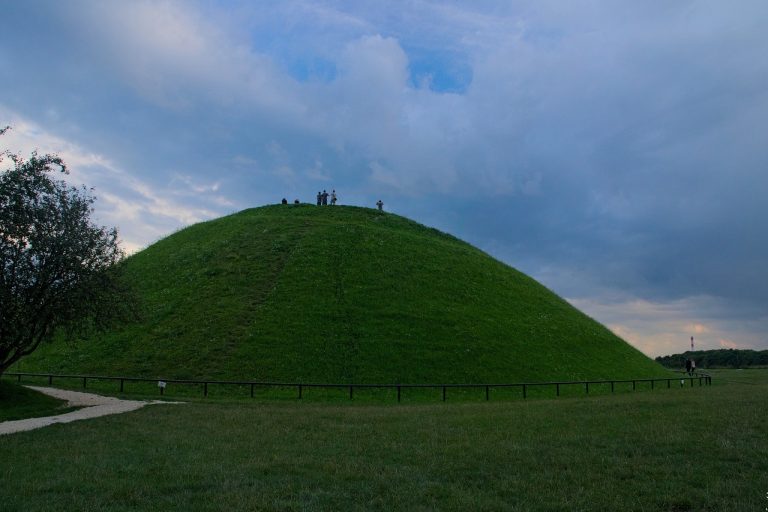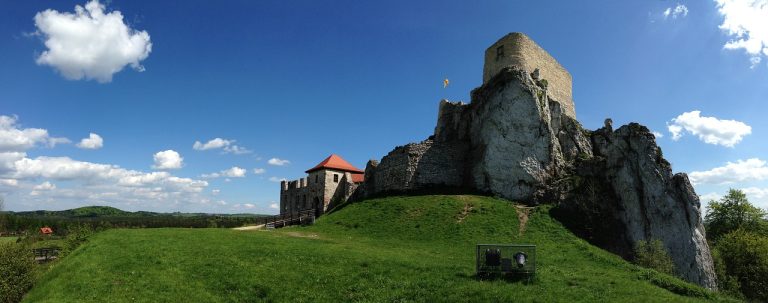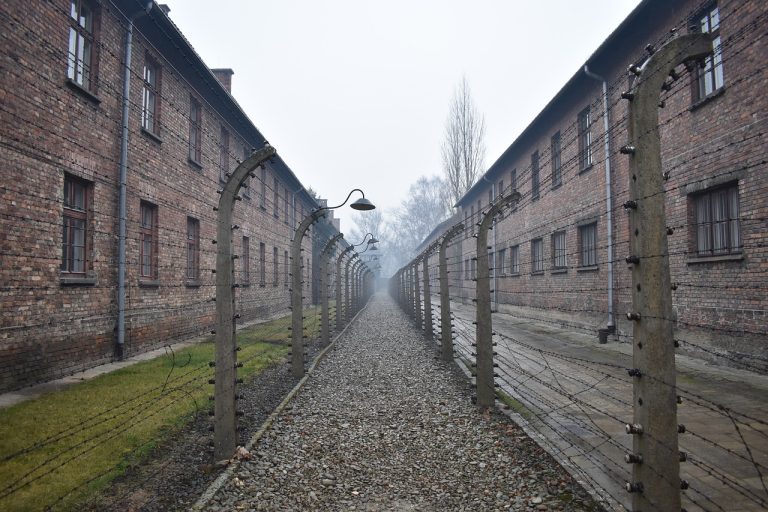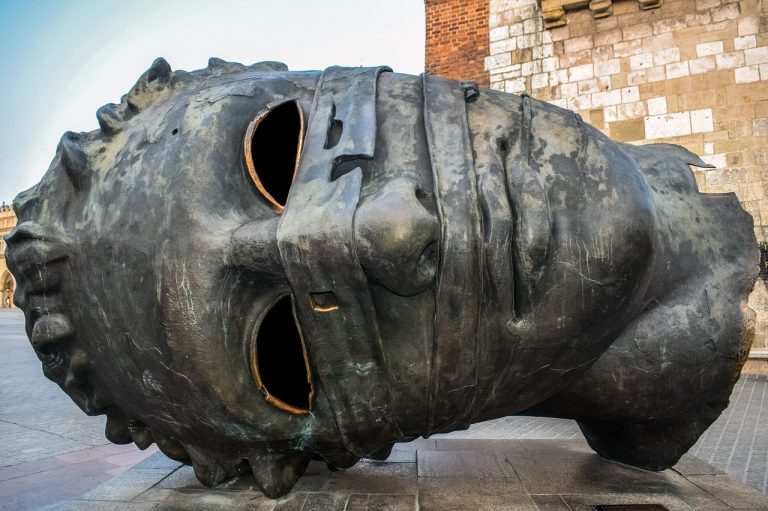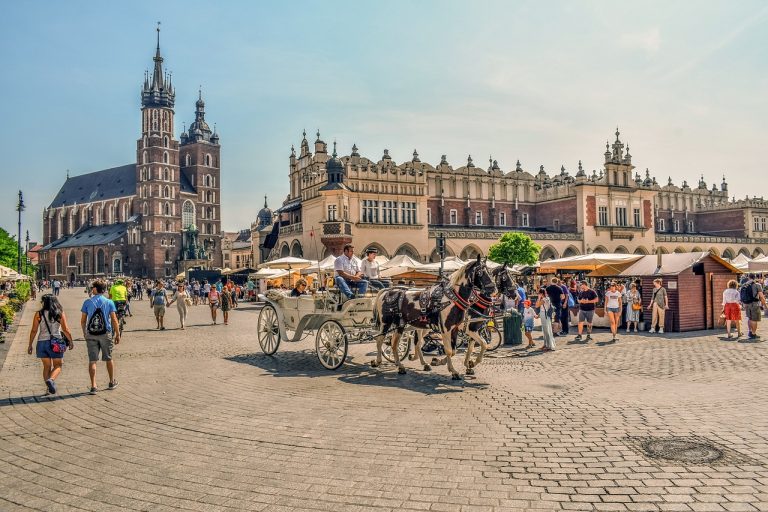Kraków Poland Video
Historical Landmarks of Kraków Poland: A Deep Dive
Kraków, located in southern Poland, is a city rich in history and culture. Its historical landmarks provide a glimpse into the city’s past and offer visitors a chance to explore its fascinating heritage. In this article, we will take a deep dive into the historical landmarks of Kraków, highlighting their significance and providing detailed information about each one.
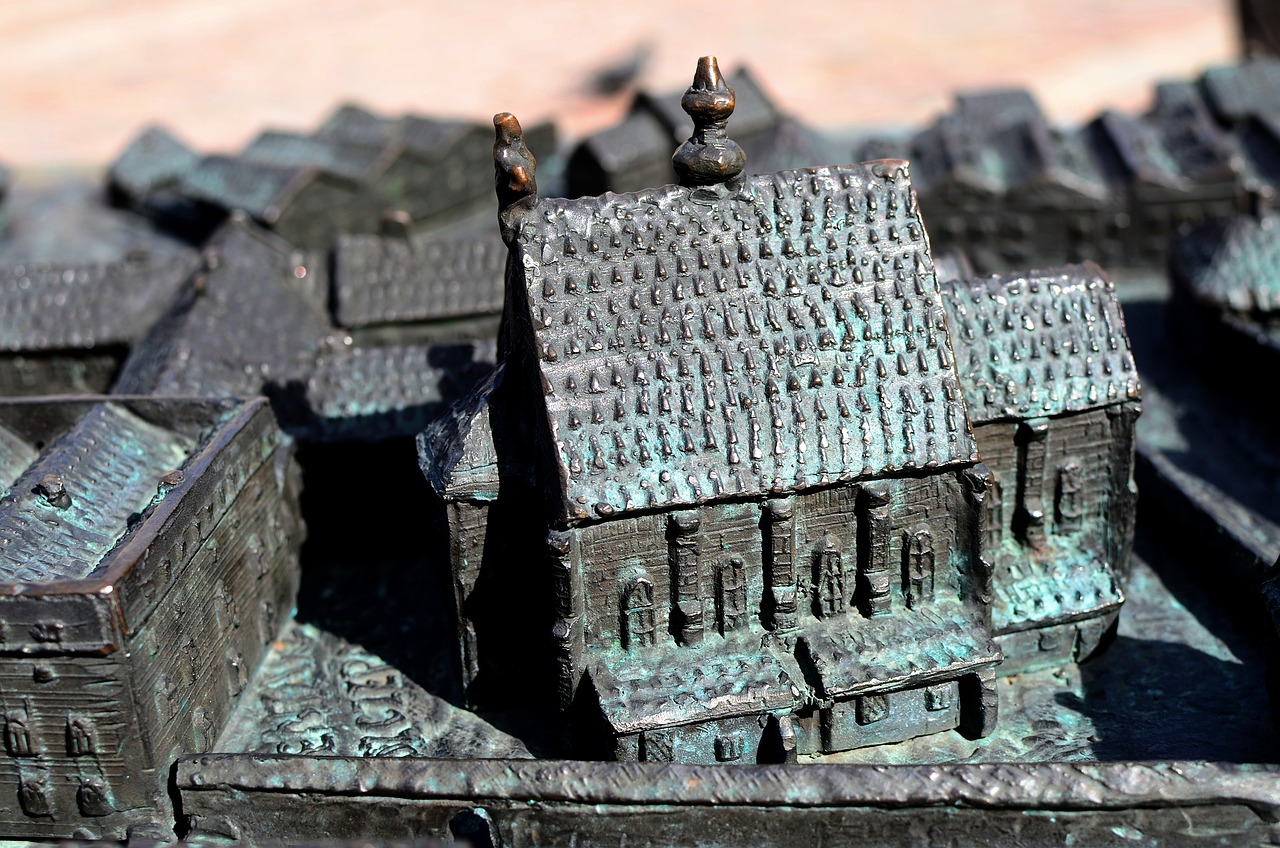
Wawel Castle
- Royal residence: Wawel Castle, situated on Wawel Hill, was the residence of Polish kings for centuries. Its stunning architecture showcases various styles, including Gothic, Renaissance, and Baroque.
- Dragon’s Den: Legend has it that a mythical dragon once inhabited a cave beneath the castle. Today, visitors can explore the Dragon’s Den and even witness a fire-breathing dragon statue outside.
- Cathedral: Within the castle complex, the Wawel Cathedral stands as a symbol of Polish national identity. It houses numerous chapels, crypts, and the Sigismund Bell, the largest of its kind in Poland.
The castle’s State Rooms display opulent interiors, while the Crown Treasury and Armory exhibit a collection of royal jewels, armaments, and regalia.
St. Mary’s Basilica
- Gothic masterpiece: St. Mary’s Basilica, located in the heart of Kraków’s Main Market Square, is a stunning example of Gothic architecture. Its twin towers dominate the skyline and offer panoramic views of the city.
- Altarpiece by Veit Stoss: The basilica is renowned for its breathtaking altarpiece carved by Veit Stoss. This intricate wooden masterpiece depicts scenes from the life of the Virgin Mary and is considered one of the most exceptional examples of Northern European art.
- Hejnał Mariacki: Every hour, a trumpet signal called the Hejnał Mariacki is played from one of the towers. The song ends abruptly, commemorating a legendary trumpeter who was shot in the throat while warning the city of an approaching enemy.

Kraków Cloth Hall
- Historic marketplace: The Kraków Cloth Hall, situated in the Main Market Square, has been a bustling center of trade since the Renaissance period. Today, it houses a variety of souvenir stalls and shops.
- Sukiennice Museum: The upper floor of the Cloth Hall is home to the Sukiennice Museum, which displays an extensive collection of Polish art, including paintings, sculptures, and decorative arts.
- St. Adalbert’s Statue: In front of the Cloth Hall stands a statue of St. Adalbert, the patron saint of Poland. It serves as a symbol of the city’s rich history and religious heritage.
Jagiellonian University
- Historic academic institution: Founded in 1364, Jagiellonian University is one of the oldest universities in the world. Its rich history and notable alumni, including astronomer Nicolaus Copernicus, make it a significant landmark in Kraków.
- Collegium Maius: The Collegium Maius, the university’s oldest building, houses a museum that showcases its history and treasures. Visitors can explore lecture halls, a library, and an impressive collection of scientific instruments.
- The Copernicus Globe: One of the highlights of the museum is the Copernicus Globe, a celestial globe created by Nicolaus Copernicus himself. It represents his revolutionary heliocentric theory of the solar system.
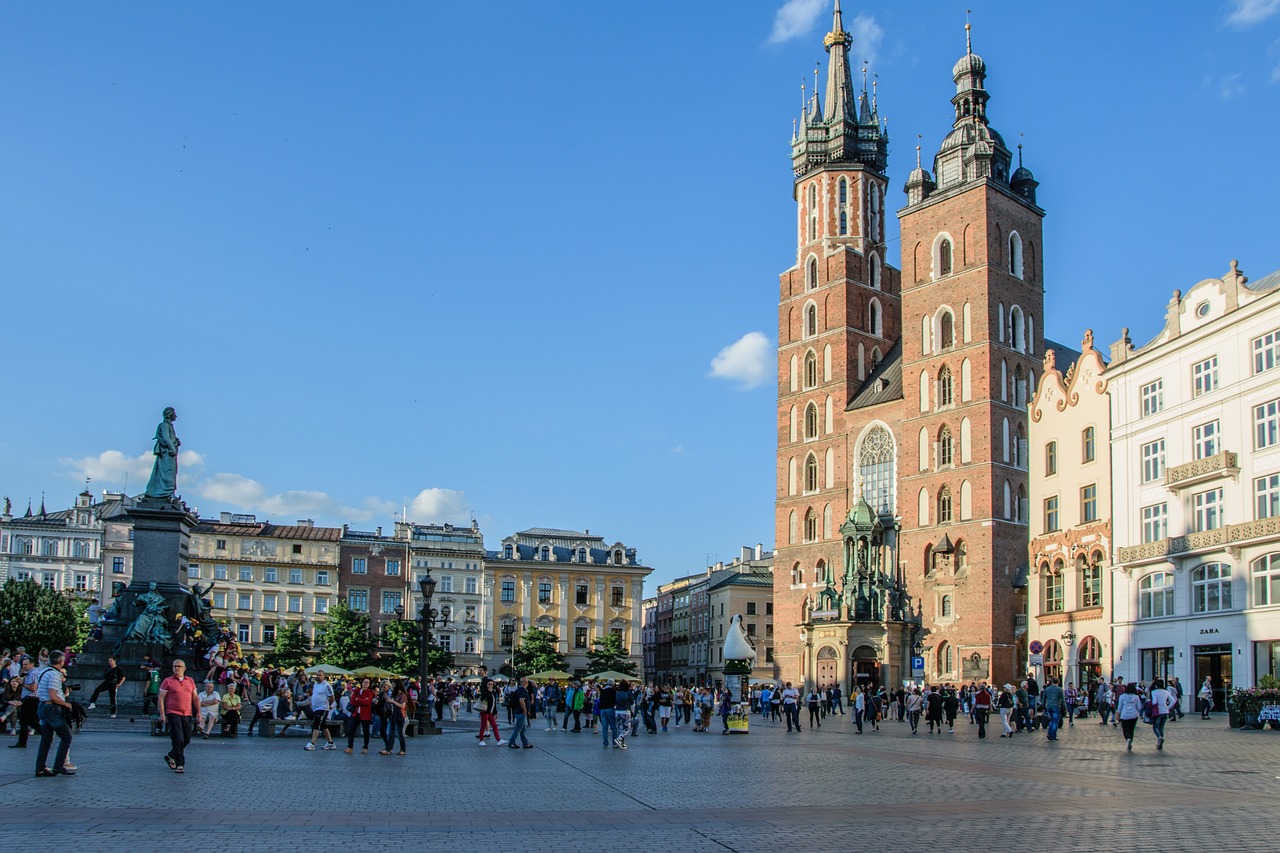
Kazimierz
- Historic Jewish Quarter: Kazimierz, located south of the Old Town, was once the center of Jewish life in Kraków. Its narrow streets and historic buildings provide a glimpse into the city’s Jewish heritage.
- Synagogues: Kazimierz is home to several historic synagogues, including the Old Synagogue, Remuh Synagogue, and Tempel Synagogue. These architectural gems reflect the rich cultural and religious history of the Jewish community.
- Schindler’s Factory: Oskar Schindler’s Enamel Factory, located in Kazimierz, is now a museum dedicated to the story of Schindler and the Holocaust. It offers a poignant and educational experience for visitors.
Planty Park
- Green oasis: Planty Park is a lush green space that surrounds the historic city center of Kraków. It was created in the 19th century by transforming the former defensive walls into a beautiful park.
- Historical monuments: Within Planty Park, visitors can find numerous statues, memorials, and fountains that commemorate significant historical figures and events.
- Relaxation and recreation: The park provides a peaceful retreat for both locals and tourists, offering walking paths, benches, and beautifully landscaped gardens.
Nowa Huta
- Socialist realist architecture: Nowa Huta, a district of Kraków, was built in the 1950s as a model socialist city. Its architecture reflects the Soviet influence, with wide boulevards, monumental buildings, and a grand central square.
- Central Square: Plac Centralny is the heart of Nowa Huta, featuring a massive statue of Vladimir Lenin. The square also houses the famous Lord’s Ark Church, known for its unique design and significance in Poland’s history.
- Steelworks Museum: Nowa Huta is also home to the Museum of the History of Nowa Huta and the Lenin Steelworks. The museum provides insights into the city’s industrial past and the impact of communism on its development.
Rynek Underground Museum
- Hidden history: Located beneath the Main Market Square, the Rynek Underground Museum offers a fascinating journey through Kraków’s past. It showcases archaeological findings, multimedia exhibits, and interactive displays.
- Medieval market: The museum recreates the bustling atmosphere of the medieval market that once existed above. Visitors can explore reconstructed stalls, workshops, and even a medieval street.
- Virtual reality experience: The museum also offers a unique virtual reality experience, allowing visitors to immerse themselves in the sights and sounds of Kraków’s past.
Conclusion
Kraków’s historical landmarks provide a captivating window into its rich and diverse history. From grand castles and churches to vibrant marketplaces and museums, each landmark tells a unique story and contributes to the city’s vibrant cultural tapestry. Exploring these landmarks allows visitors to truly appreciate the depth of Kraków’s historical significance.
References
– Wawel Castle: wawel.krakow.pl
– St. Mary’s Basilica: mariacki.com
– Kraków Cloth Hall: sukiennice.krakow.pl
– Jagiellonian University: en.uj.edu.pl
– Kazimierz: krakow.pl
– Planty Park: krakow.pl
– Nowa Huta: nowahuta.krakow.pl
– Rynek Underground Museum: muzeumkrakowa.pl


